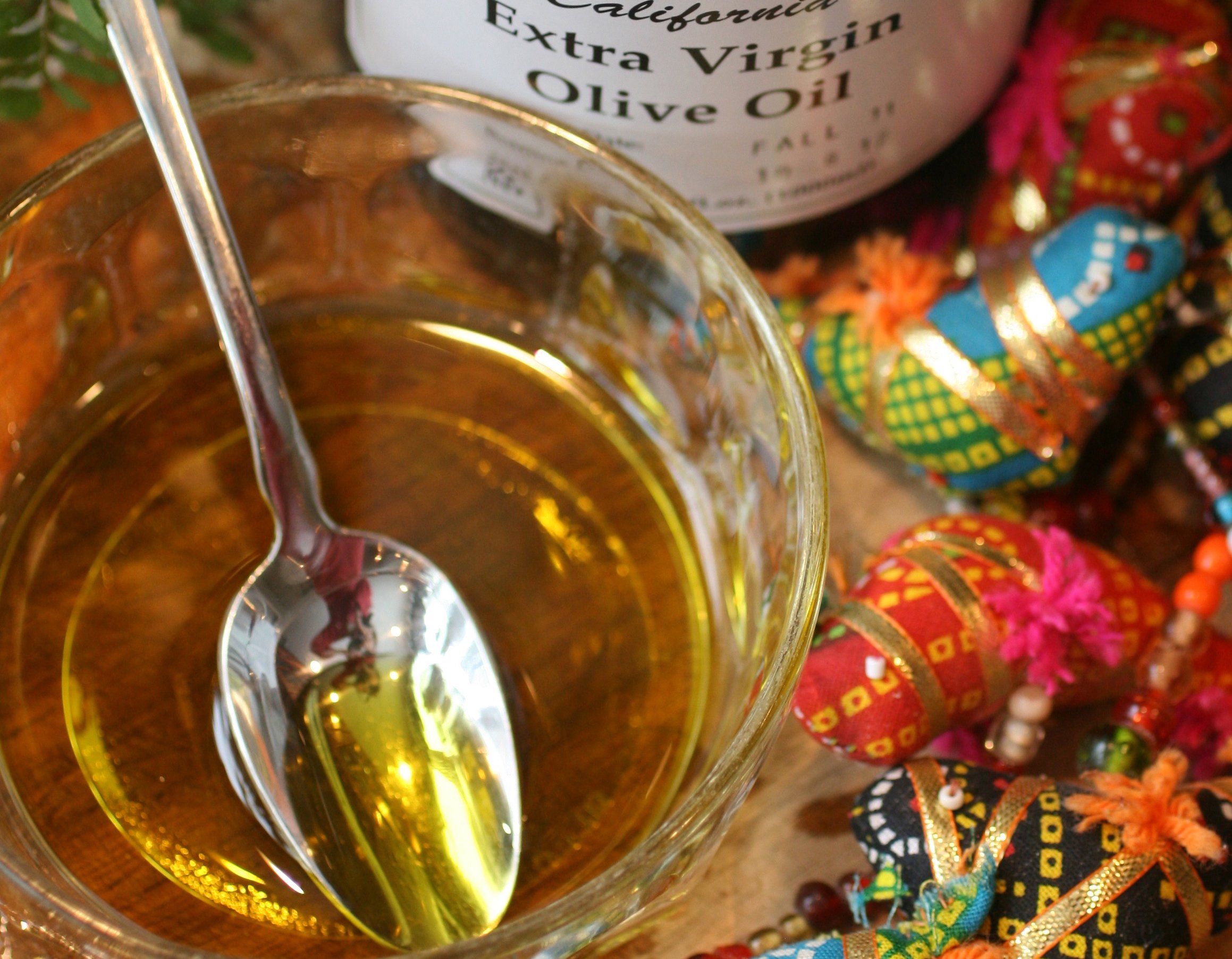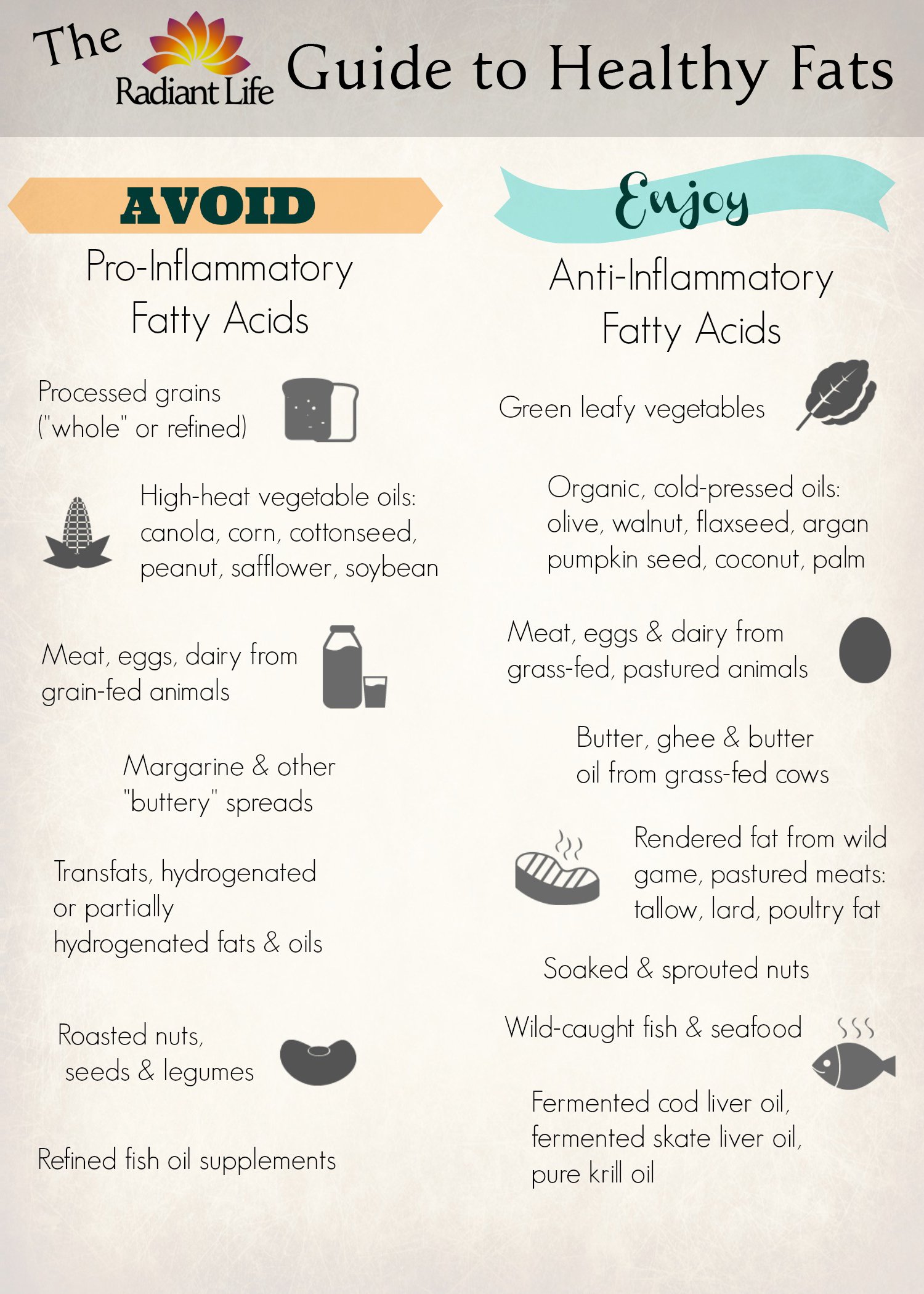Eating copious amounts of natural fat was once viewed as a sign of health and prosperity. Necessary for survival, dense saturated fats were treasured and celebrated by our ancestors as a precious source of energy and superior nourishment. Now, however, in a society where dieting is extolled as the lone path to health and happiness, we have been taught to focus on consuming unsaturated oils over such robust traditional fats. As a result, many high-fat animal foods have been pushed aside in favor of manufactured goods that have been chemically altered to meet this strict "low-saturated fat" criteria. Hearty golden butter has been traded for runny canola oil; delicious creamy whole milk for plastic jugs of skim and juicy red steaks for jiggling soy-based faux meats. But there is one problem with this theory: just because a fat is unsaturated doesn't make it good. In order to unravel this troubling paradox, we must understand a few things about the basic biochemistry of fat and discover what truly makes one healthy or not.
The Many Roles of Fat
Dietary fat is incredibly nourishing. Although often portrayed as wicked and weight-inflating, fat holds many significant biological roles in the human body. Beyond the silly notion that its only purpose is to add numbers to the scale, fat actually provides insulation for the organs, supplies a powerful source of energy, protects the nervous system and enhances the absorption of all other nutrients taken in through the diet. Depending on chemical structure, the sources of fat we eat can also increase or decrease disease-causing inflammation in the body. These factors combined make our daily selections of fats and oils extremely important.
Understanding Fatty Acids
From a biochemical perspective, all fats are made up of smaller structures called fatty acids, or uniquely organized strands of carbon and hydrogen atoms. When every carbon atom in a chain is fully paired with hydrogen atoms, the fatty acid is considered saturated. Saturated fatty acids are very stable and rectangular in shape, allowing them to stack tightly and making the foods they comprise solid at room temperature (think butter, coconut oil, bacon fat, etc.)
When there aren't enough hydrogen atoms in a fatty acid to go around, the carbon atoms attach to themselves in a formation called a double bond. These hydrogen-lacking molecules are known as unsaturated fatty acids or, more specifically, monounsaturated when one double bond exists and polyunsaturated if two or more double bonds are present. Due to their hydrogen inadequacy, unsaturated fatty acids have altered three dimensional structures that don't easily pack together. Thus, oils composed primarily of unsaturated fatty acids, such as olive, seed and vegetable oils, remain liquid at room temperature.
Good Fats vs Bad Fats
So what does all this scientific garble mean when it comes to making the practical decision of which fats are healthier options? Ultimately, the body requires a specific balance of fatty acid varieties in order to function optimally. Most foods, even those that we don't typically consider as falling into the 'fats & oils' block of the food pyramid, contain a mish-mash of fatty acid types. Thus, it would be an over-simplification to label any one food as completely evil or angelically good. However, it is true that some foods contain fats that have nasty pro-inflammatory tendencies, while others are more nourishing and soothing for the body. Let's take a look at some of these groups.
Pro-Inflammatory Fats
-
Oxidized Fats
When exposed to excess heat or light, some fats undergo an oxidation reaction that produces free radicals and can trigger an inflammatory response if consumed. Because unsaturated fatty acids are lacking hydrogen atoms and are more reactionary and volatile, they are far more susceptible to this type of damage. Oils with a high percentage of unsaturated fats will tend to rancify quickly when subject to any type of heat or if stored improperly. It is therefore important to actually avoid using olive and seed oils for high-heat cooking, and to only enjoy varieties which have been cold-pressed and stored in dark glass bottles. Unfortunately, most boxed, jarred and frozen goods at the grocery store (even of the organic variety), have been made with cheap unsaturated oils that have oxidized during the manufacturing process.
-
Hydrogenated Oils
Although often globbed together, hydrogenated oils and naturally occurring fats are chemically very different. Hydrogenated or partially hydrogenated oils are created by altering unsaturated liquid vegetable oils into fats that are solid at room temperature, creating a strange saturated/unsaturated fat hybrid. During this ugly process of artificial manipulation, the shape and biochemical function of targeted fat molecules are altered in a way that is now known to be harmful to the human body. The WHO has warned about the health risks of partially hydrogenated fats to cause inflammation and disease, recommending “a significant reduction or virtual elimination” of their presence in the human food supply. While this goal has been accomplished in some countries, it is an ongoing project in the United States where hydrogenated oils are still valued for their cheap cost and supposed shelf life potential. 1
-
Omega-6 Fatty Acids
Omega-6's are a specific type of polyunsaturated fatty acid found in concentrated amounts in seeds and grains. Although a certain amount of omega-6 is essential for growth and development, large amounts of these fats can actually become irritating to the digestive and immune systems, especially if there is a lack of anti-inflammatory omega-3 fatty acids. Historically humans consumed a 1:1 ratio of omega-6 to omega-3 fatty acids, however with the marked increase of grains and processed foods in the diet, experts now estimate that most people in the United States get up to 25 times more omega-6s than omega-3s. 2
Anti-Inflammatory Fats
-
Natural Saturated Fats
Many of us have been taught that solid saturated fat globules have the potential to lodge in the arteries and create all kinds of terrible health problems. The saturated fat and heart disease theory, catalyzed by a sensationalist scientist in the 1950‘s, has instilled a very real sense of fear around saturated fats among consumers. Since it's introduction however, this philosophy linking saturated fats to obesity and inflammatory disease, has been disproved countless times by researchers and clinicians alike. In fact, a recent meta-analysis published in the esteemed American Journal of Clinical Nutrition, reviewed data from 21 unique studies including nearly 350,000 subjects, followed for an average of 14 years, and found no relationship between saturated fat intake and the incidence of heart attack or stroke 3. Surprisingly, newer studies have pointed to inflammation as the root of heart problems and have suggested that arterial plaque is actually full of oxidized unsaturated fats. Traditional saturated fats from foods such as butter, ghee, and coconut have instead proved very stable and heart-healthy, possessing the ability to mediate disease-causing inflammation. Saturated fats are also helpful for cell membrane integrity, hormone production and have an immune-boosting antimicrobial effect.
-
Omega-3 Fatty Acids
Overwhelmingly popular among health enthusiasts, media personalities and the medical community alike, omega-3s fatty acids are specific long chain polyunsaturated fats that are important as metabolic catalysts and inflammation modulators. Omega-3's have been praised time and again for an unbelievable ability to build immunity and fight diseases as diverse as depression and cancer. Found in a variety of foods and supplements, the most useful omega-3s actually come from whole foods such as wild-caught seafood and meat from pastured animals. Omega-3s are especially important to focus on in the diet, as they can be easily dominated by pro-inflammatory omega-6s if not consumed in adequate amounts.
Guide to Healthy Fats
In our modern day, making informed food choices is difficult- especially when there are countless divergent nutrition theories out there clamoring for attention. Looking at the inflammatory factors found in different fats provides one framework for understanding food options that are more biologically fit for consumption. Yet when all of the science is discussed and analyzed, it is really most important to strike a dietary balance that works for you, and makes your body feel good.
The chart below describes a whole foods approach to healthy fats that combines traditional influences with the detail of modern science. Many people have found this type of a schematic very useful in transforming both their diet and their health.You can find a pdf of the graphic here, so that if you are so inclined you can print it out for some fridge decorating or stowing away in your reusable shopping bags. You are also invited to visit Radiant Life's healthy fats & oils page to check out my picks for the best oils around. Remember, it is not just about the type of fats we eat, but also how they are processed and what they are used for.


